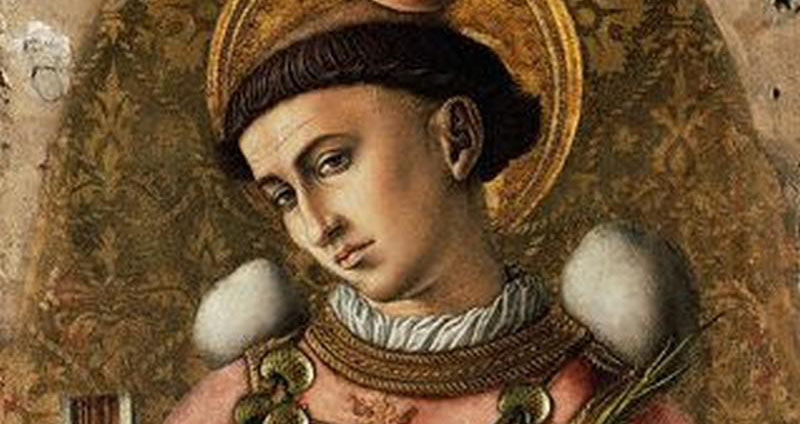
In May, Pope Francis indicated his willingness to establish a commission to study deaconesses. He was asked by a religious sister who is a member of the International Union of Superiors General, an organization that focuses in part on the role of women in the Church.
That there were female deacons in the early Church cannot be denied. Called “deaconesses,” the first reference to them comes in Romans 16.
There, St. Paul says “I commend to you Phoebe our sister, who is also a minister of the church at Cenchreae.” In the Greek text Phoebe is called a “diakonos,” from which comes the word “deacon” and which is used throughout the New Testament to designate a servant, attendant, or a minister.
The usage of the term deacon was still fluid in the New Testament. Paul’s reference to Phoebe cannot be seen as a reference to a formal institution of deaconesses at that time.
By the fourth century the Church had achieved reconciliation with the state and a document called the “Apostolic Constitutions” was assembled to offer guidance for the clergy and laity alike. It makes references to deaconesses and even indicates that women received this distinction by the laying on of hands, a gesture commonly associated with ordination.
The Apostolic Constitutions, however, stops short of calling deaconesses ordained and it should be noted that the laying on of hands does not necessarily bespeak ordination. Both confirmation and the anointing of the sick still employ the laying on of hands.
Subsequent references to deaconesses come in the context of admonishing all deacons against exaggerating their roles. By 325 the Council of Nicea specifically states that deaconesses were non-ordained lay women.
Like male deacons, deaconesses assisted with discharging the charitable outreach of the Church. Liturgically, deaconesses helped at the baptisms of adult women.
Initially the post-baptismal anointing with holy oil was done to the whole body. Catechumens were baptized without clothing.
To avoid impropriety, female attendants were needed to assist lathered nude females from slipping while in the presence of the male cleric who administered baptism. As society became more Christianized infant baptism largely supplanted adult baptism and anointings were restricted to head and/or chest.
The liturgical role of the deaconess gradually disappeared, but their charitable disbursement continued as women religious communities were formed. In fact, Pope Francis replied to the question posed to him by saying “One could say that the ‘permanent deaconesses’ in the life of the Church are the sisters.”
As recently as Vatican II the ministry of male deacons, priests and bishops was clarified, so Pope Francis’ impending commission to study deaconesses is no automatic cause for joy, or fear depending upon one’s perspective.
Still, if the ministry of the diaconate was originally established for charitable table service so the male Apostles could go out preaching and celebrating the sacraments, then restoration of deaconesses may not fully satisfy all who advocate an elevated female ministerial involvement in the Church; it may even be experienced as another subjugation.
